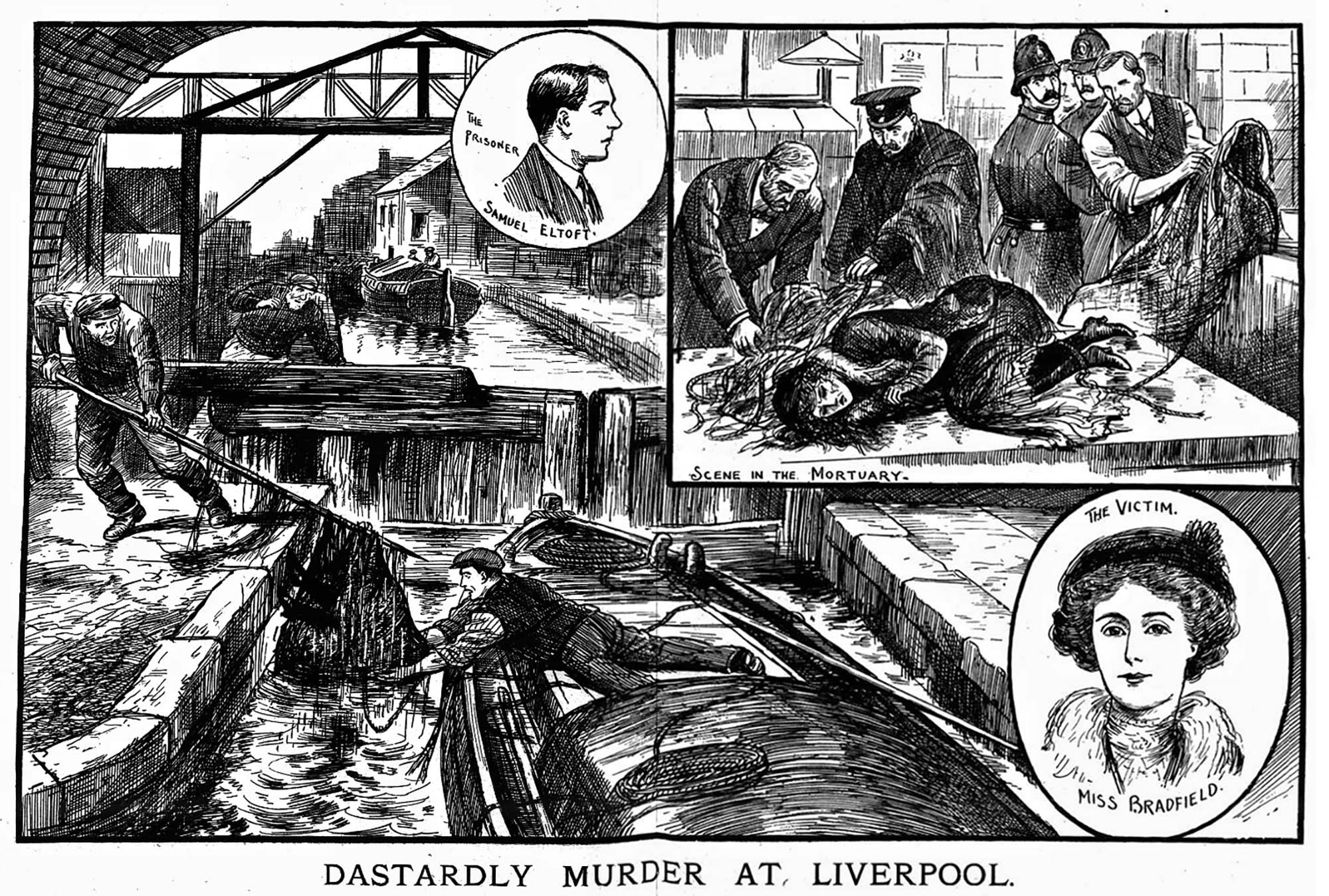

Age: 22
Sex: male
Crime: murder
Date Of Execution: 26 Feb 1914
Crime Location: 86 Old Hall Street, Liverpool
Execution Place: Liverpool
Method: hanging
Executioner: John Ellis
Source: http://www.capitalpunishmentuk.org/
George Ball murdered Christina Catherine Bradfield 40 who he battered to death at 86 Old Hall Street, Liverpool on 10 December 1913.
George Ball was employed as a packer by Christina Bradfield's brother. On 10 December 1913 he beat her about the head with a marlin spike that he used for his work and then, with the help of an accomplice, an 18 year old cart boy with the company, he trussed her up in a sack and dumped her in a nearby canal.

Christina Bradfield's brother ran a tarpaulin manufacturing business at 86 Old Hall Street in Liverpool at which both George Ball and his accomplice worked, and Christina Bradfield managed the shop for him. She was described as being strict but kind with George Ball and the other youth and as being a good business woman of unimpeachable character.
see Manchester Courier and Lancashire General Advertiser - Friday 27 February 1914
see National Archives - ASSI 52/213, HO 144/1304/248318
see Illustrated Police News - Thursday 05 March 1914
see Illustrated Police News - Thursday 18 December 1913
see Homicide 1914